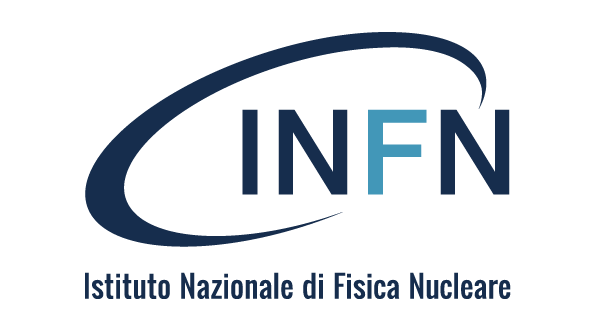PEOPLE
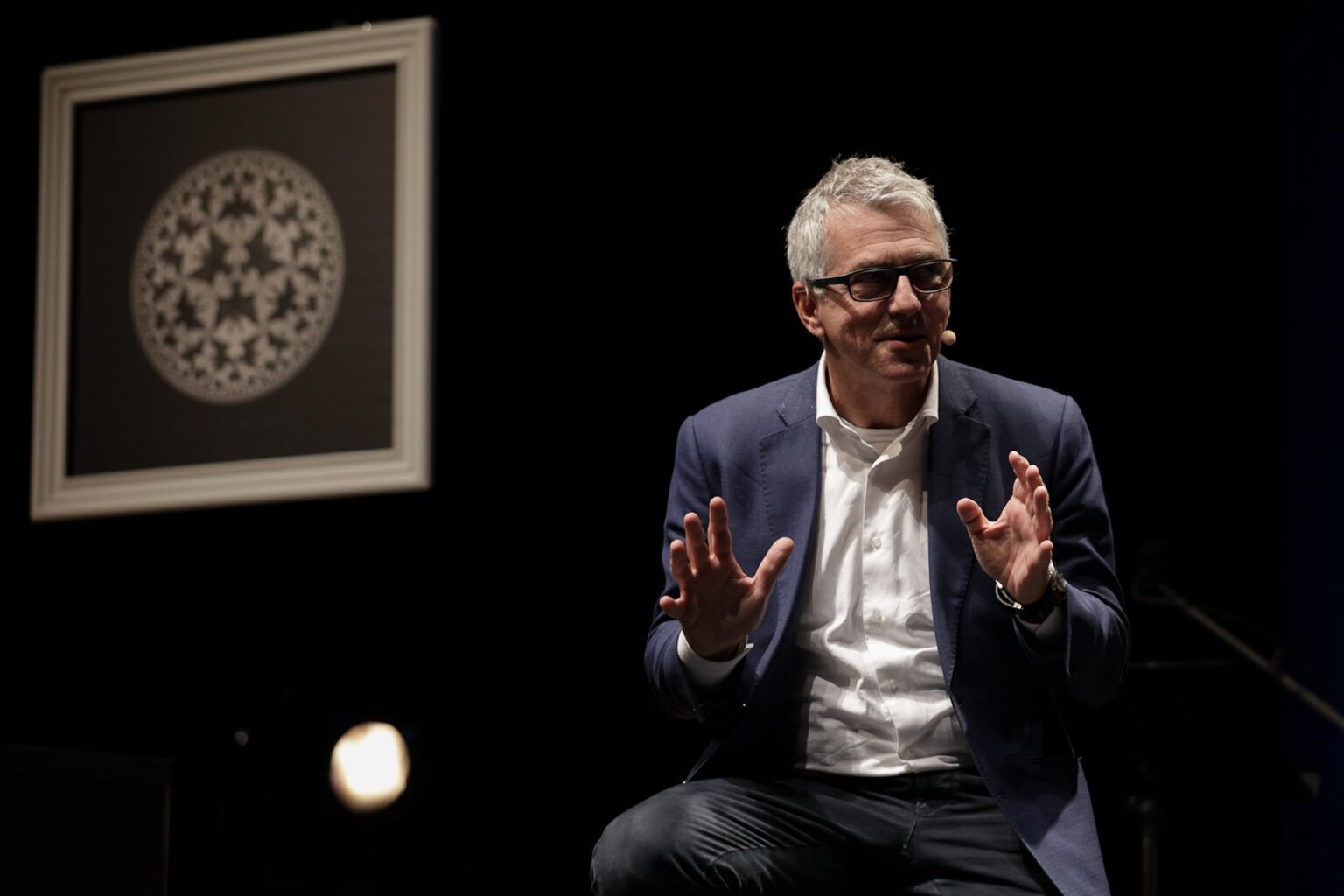
COLLISIONI.INFN: INFN NEW INTERCULTURAL WEB SPACE DEDICATED TO THE PUBLIC AND SCHOOLS
Interview with Antonio Zoccoli, president of INFN and professor of experimental physics at the University of Bologna.
Launched at the beginning of July 2021, Collisioni.infn – Spazi culturali all’Istituto Nazionale di Fisica Nucleare (Cultural Spaces at the Italian Institute for Nuclear Physics) is the new INFN web space dedicated to encounters with the public and to the dialogue between physics, other sciences, and all the other expressions of arts and culture. Organised in thematic sections aimed at the public, schools, cultural institutions and other research bodies, Collisioni.infn daily proposes new initiatives for public engagement created and organised by INFN: shows, events, and participation in festivals and exhibition spaces, exhibits and installations, projects dedicated to schools, interactive initiatives devised for social media. Full of links to video and multimedia resources developed for the public by INFN, Collisioni.infn is also a chance for individual learning and keeping up-to-date. Thus, it is particularly useful for students and teachers, as well as for the interested public of any age. An editorial section opens the site, a window that connects the different languages used for developing the projects: initiatives that INFN creates in collaboration with artists and in dialogue with the humanities disciplines and other scientific fields. We propose here the interview that inaugurates the editorial section of Collisioni.infn, “Incontri” (meetings), dedicated to the dialogue with leaders in the cultural, scientific and intercultural landscape. In the interview, the INFN president Antonio Zoccoli outlines the objectives, values, and expectations connected to this new communication project.
What are the goals of a basic physics research body when it promotes initiatives dedicated to interculturality?
In the current historical moment, whose complexity is sharpened by the pandemic, it’s more important than ever to bring knowledge, not only science, to the centre of social life. It is essential that theNEWS
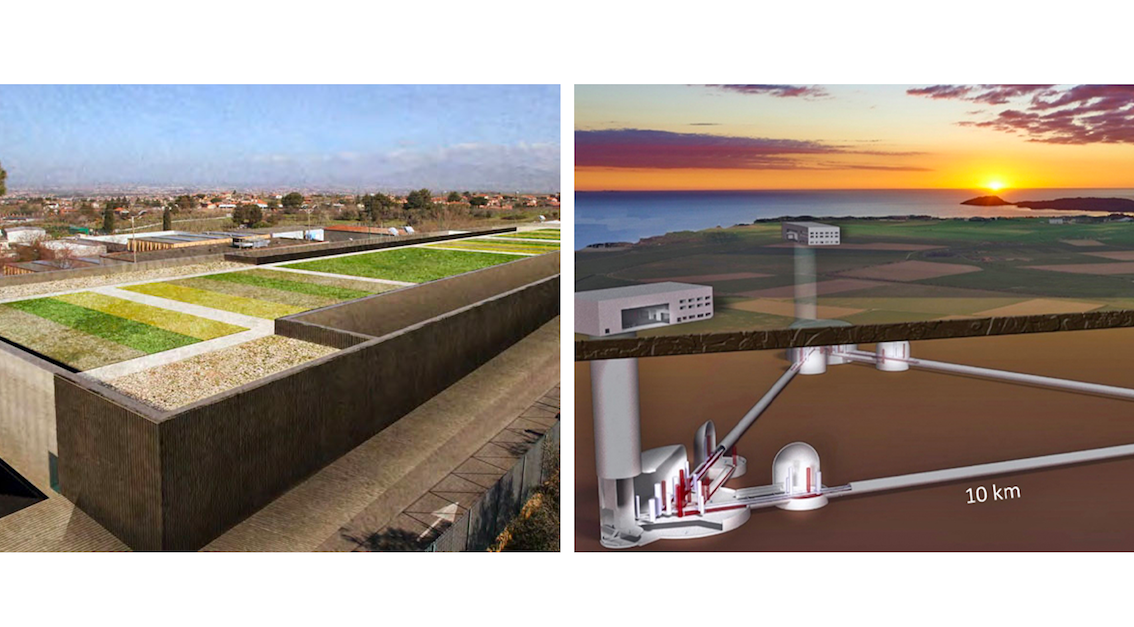
RESEARCH INFRASTRUCTURE
EINSTEIN TELESCOPE AND EUPRAXIA INCLUDED IN THE ESFRI ROADMAP
ET Einstein Telescope and EuPRAXIA: two large research facilities that are globally competitive in gravitational wave research and the development of future plasma particle accelerators respectively. These are the two international projects of which INFN is among the leaders, approved by the ESFRI (European Strategy Forum on Research Infrastructures) Assembly and, therefore, included in the 2021 Roadmap of the large ...
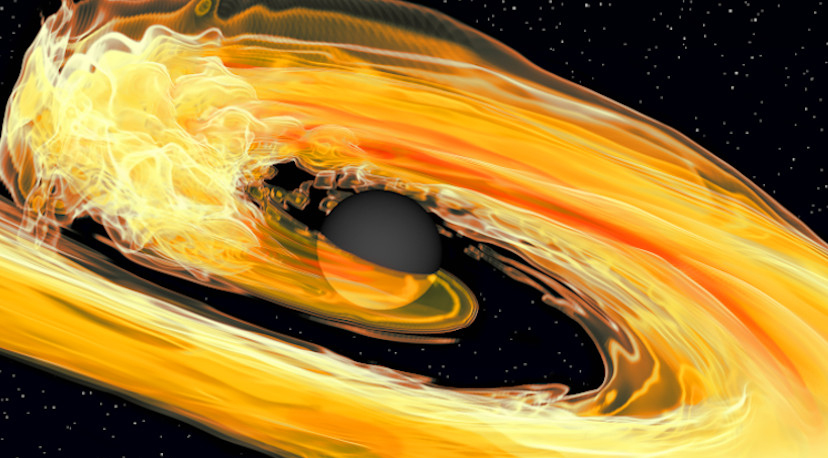
INTERNATIONAL COLLABORATIONS
VIRGO AND LIGO OBSERVE THE FIRST MERGERS OF BLACK HOLES AND NEUTRON STARS
On 29 June, the scientific collaborations of LIGO, KAGRA and VIRGO, which the INFN is part of, announced the first detection of two gravitational wave events produced by the merger of two mixed binary systems composed of a black hole and a neutron star. The results, published in the journal The Astrophysical Journal Letters confirms the existence of a class of phenomena that was already predicted by astrophysicists several decades ...
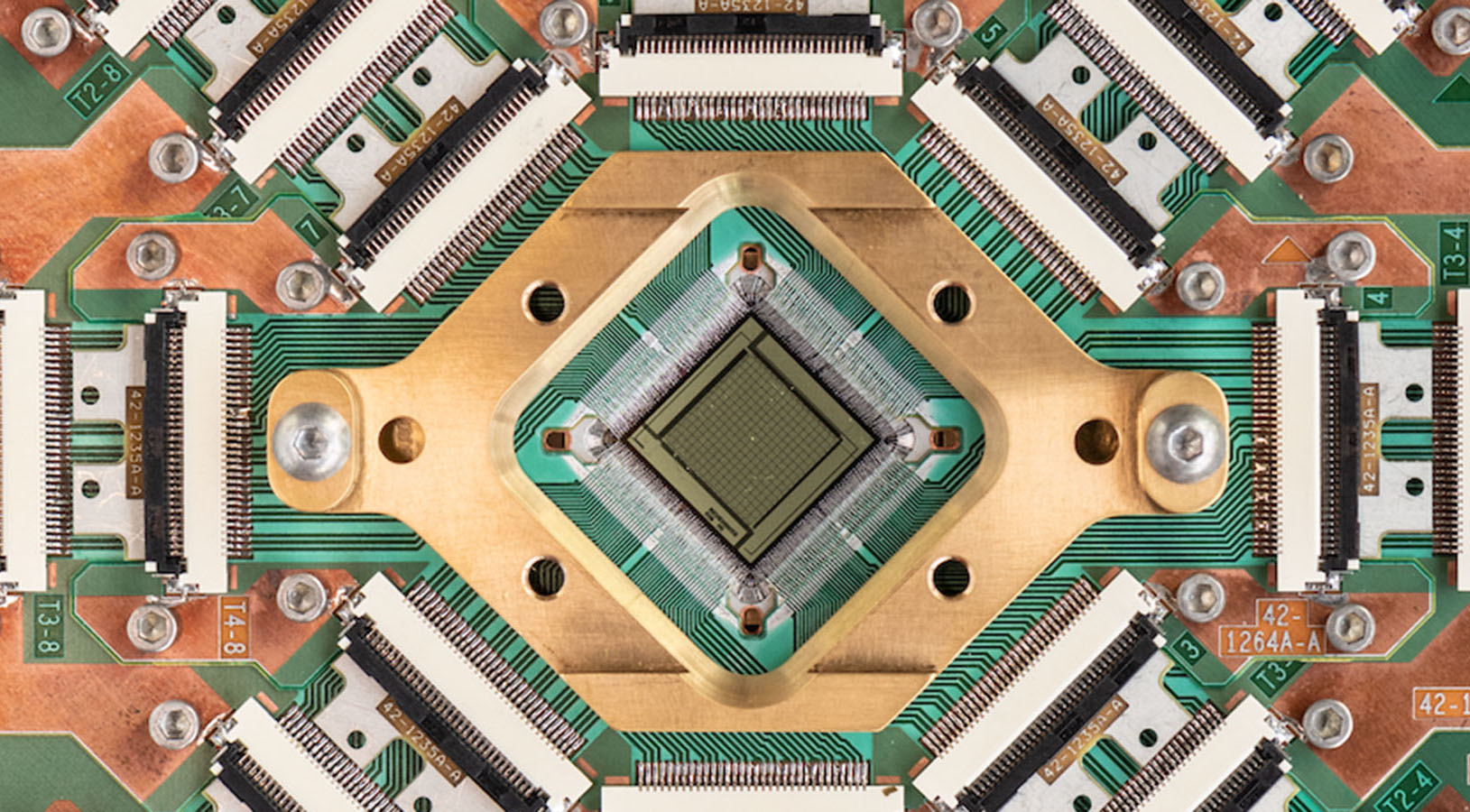
APPLIED RESEARCH
INFN AND AMAZON WEB SERVICES WORK TOGETHER TO ACCELERATE RESEARCH INTO QUANTUM COMPUTING
INFN and Amazon Web Services (AWS) launched a collaboration aimed at strengthening scientific knowledge of quantum computing, within the Italian research community, and identifying potential applications in high-energy physics and fundamental physics. In the context of this collaboration, AWS will provide the INFN scientific community with access to Amazon Braket’s computer resources. ...
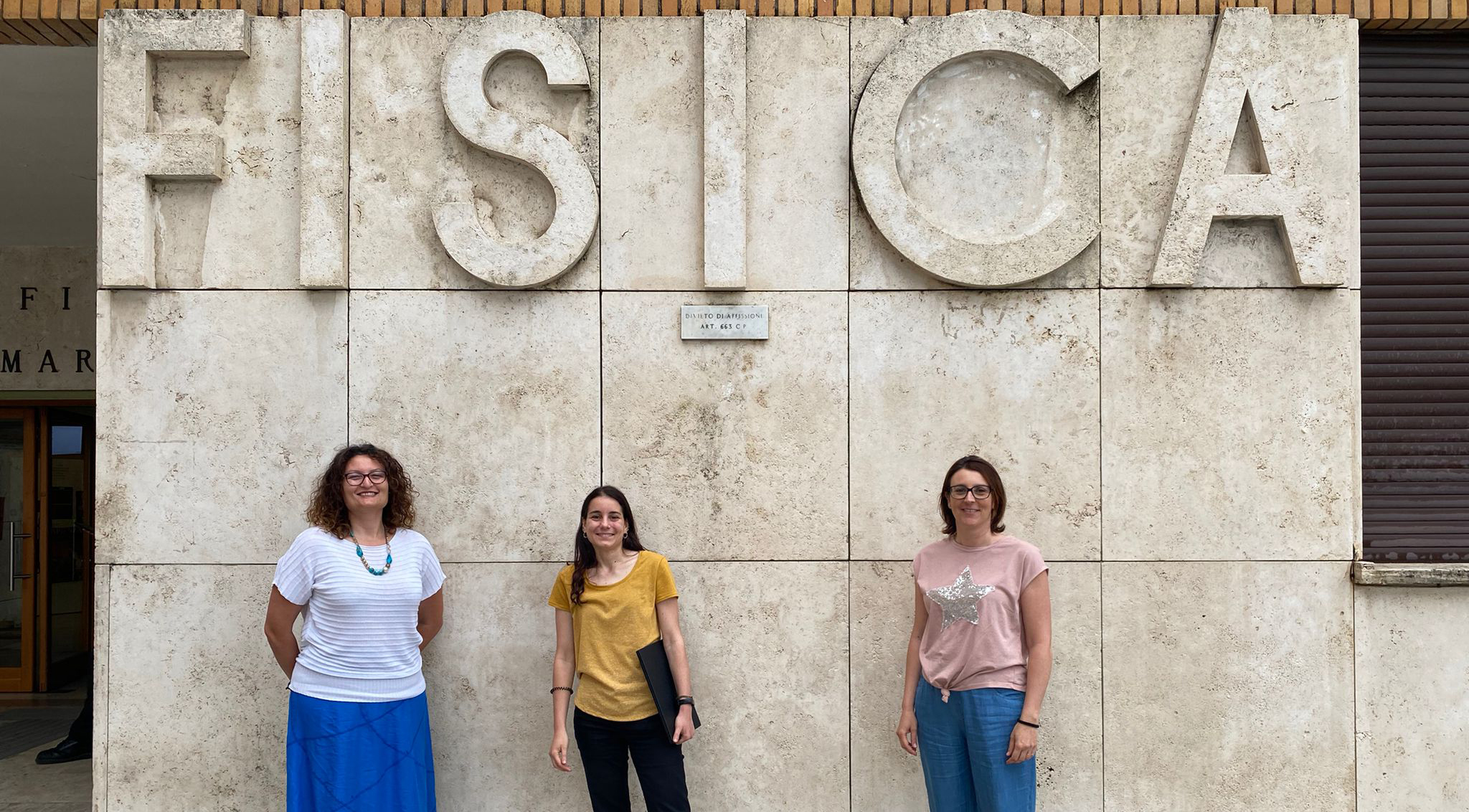
APPLIED RESEARCH
IMPACT OF NATURAL RADIOACTIVITY ON QUANTUM COMPUTERS
On 16 June, the journal Nature published a study that looks at the impact of natural radioactivity on the operation of quantum computers. It highlights how gamma particles and cosmic muons can interfere with the complex mechanisms behind the operation of qubits, the constituent elements of quantum computers. Researchers of INFN Rome 1 Division collaborated in the research, which was conducted at the University of Wisconsin-Madison and together with other American and French institutions. ...
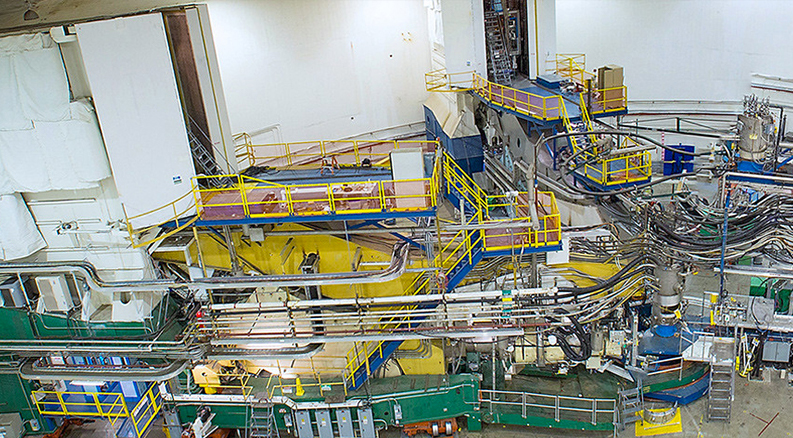
RESEARCH
THE E-97-110 EXPERIMENT MEASURES UNEXPECTED BEHAVIOURS IN NEUTRON CONSTITUENTS
A study published on 31 May in the journal Nature by the E-97-110 collaboration, an experiment housed at the Jefferson Laboratory in Newport News, Virginia, which involves an important INFN contribution, highlighted the anomalous behaviour of the constituents of neutrons under the action of a magnetic field. The anomaly refers to the way in which neutron quarks and gluons reorganise themselves following a change in the orientation ...
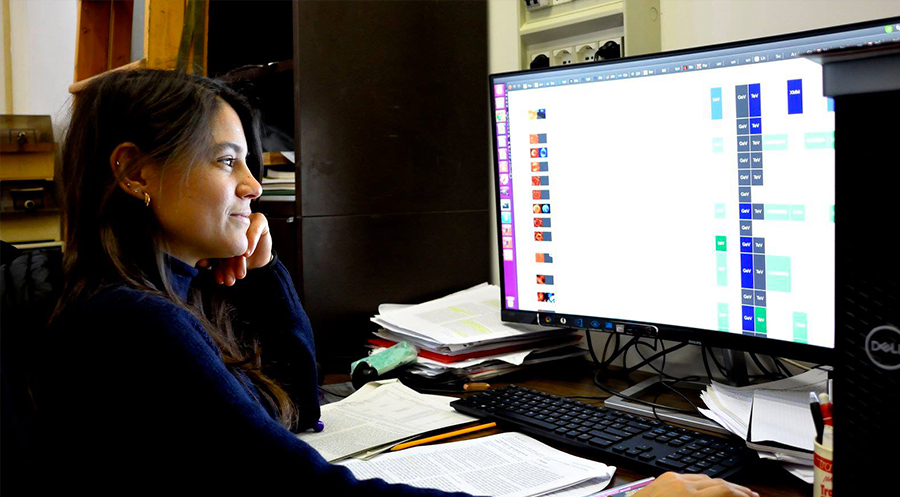
AWARDS
ORNELLA JULIANA PICCINNI WON THE 2021 L'ORÉAL-UNESCO “FOR WOMEN AND SCIENCE” AWARD
Ornella Juliana Piccinni, researcher with INFN Rome 1 Division at the Amaldi Research Center of the Sapienza University of Rome, and a member of the Virgo collaboration, is one of six winners of the 2021 L’Oréal-Unesco “For Women and Science” award. This is a benchmark annual event for raising public awareness on the essential role women perform in scientific research. Ornella Juliana Piccinni was awarded a scholarship worth 20,000
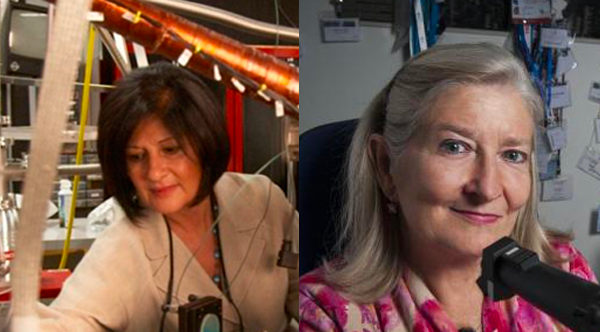
AWARDS
SIF 2021 “ENRICO FERMI” PRIZE GOES TO ELENA APRILE AND PATRIZIA CARAVEO
The 2021 “Enrico Fermi” prize of the Italian Physical Society (SIF) was awarded ex-aequo to researchers Elena Aprile and Patrizia Caraveo, “for their remarkable contributions to the study of the Universe with different observables and techniques”. More specifically, Elena Aprile, Professor at Columbia University of New York, was awarded the prize “for her pioneering research on the properties of liquid xenon for radiation detection and her contribution ...
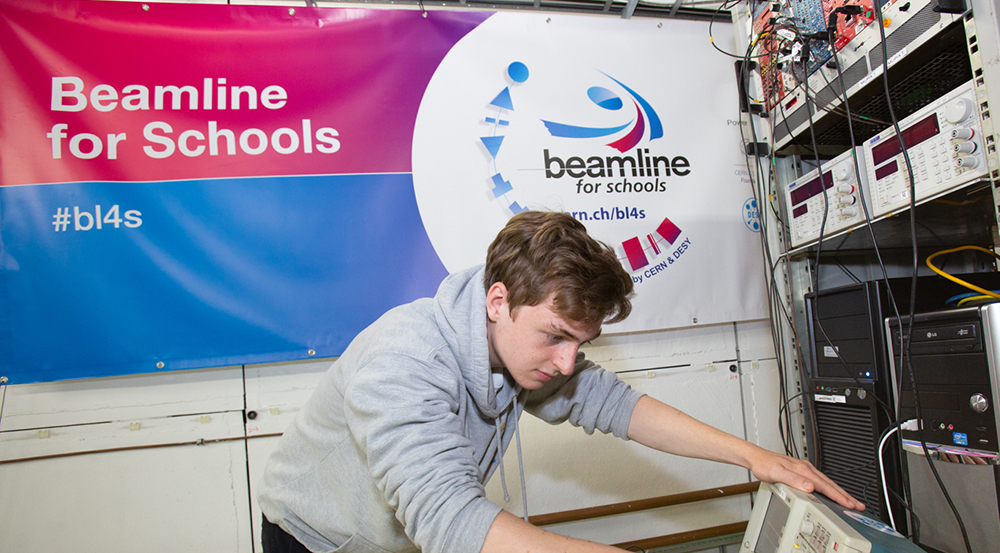
PUBLIC ENGAGEMENT
BEAMLINE FOR SCHOOLS: BARI STUDENTS WIN INTERNATIONAL CERN COMPETITION
EXTRA, the team of 13 students from the science-oriented high school “A. Scacchi” in Bari, together with a team from Mexico City, won the 2021 edition of “Beamline for schools” (BL4S), the international competition aimed at high schools organised by CERN. The Bari team was awarded victory, competing against 289 teams from 57 countries throughout the
FOCUS
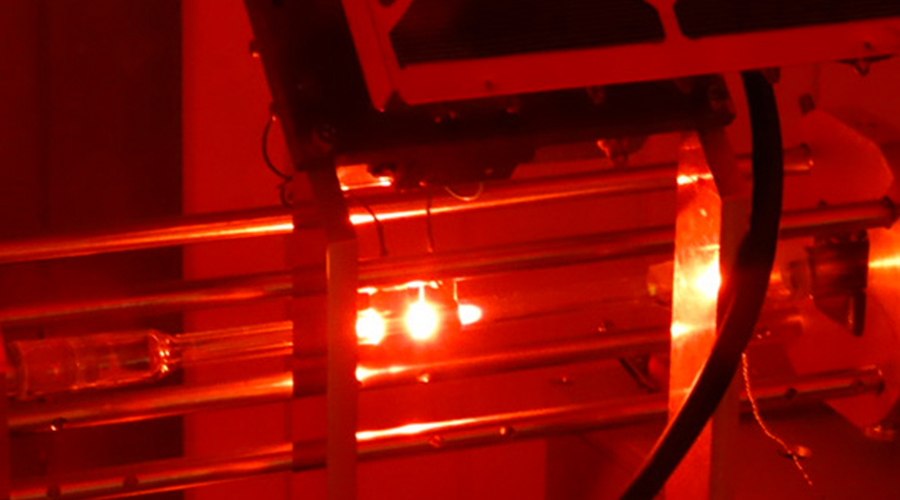 GINGERINO MEASURES THE EARTH’S ROTATION SPEED AND GRAVITATION FIELD
GINGERINO MEASURES THE EARTH’S ROTATION SPEED AND GRAVITATION FIELD
You can precisely measure the rotation speed of the Earth by comparing light signals that propagate with opposite trajectories. An article that appeared on 8 May on the Springer European Physical Journal C supports this argument, publishing the results relating to the last analysis conducted by GINGERINO, a ring laser gyroscope housed at the INFN Gran Sasso National Laboratories. The study highlighted the ability of the equipment to provide, with accuracy beyond expectations, values of the Earth’s angular speed that agree with those obtained from sophisticated satellite systems and astronomical interferometry, which are today used to monitor the parameters linked to our planet’s rotation. The experiment is one of the GINGER (Gyroscopes IN GEneral Relativity) group of activities. GINGER is a scientific collaboration between Italian research bodies led by INFN, which aims to demonstrate the efficacy of devices like GINGERINO in the field of testing General Relativity. ...
TAKE PART IN
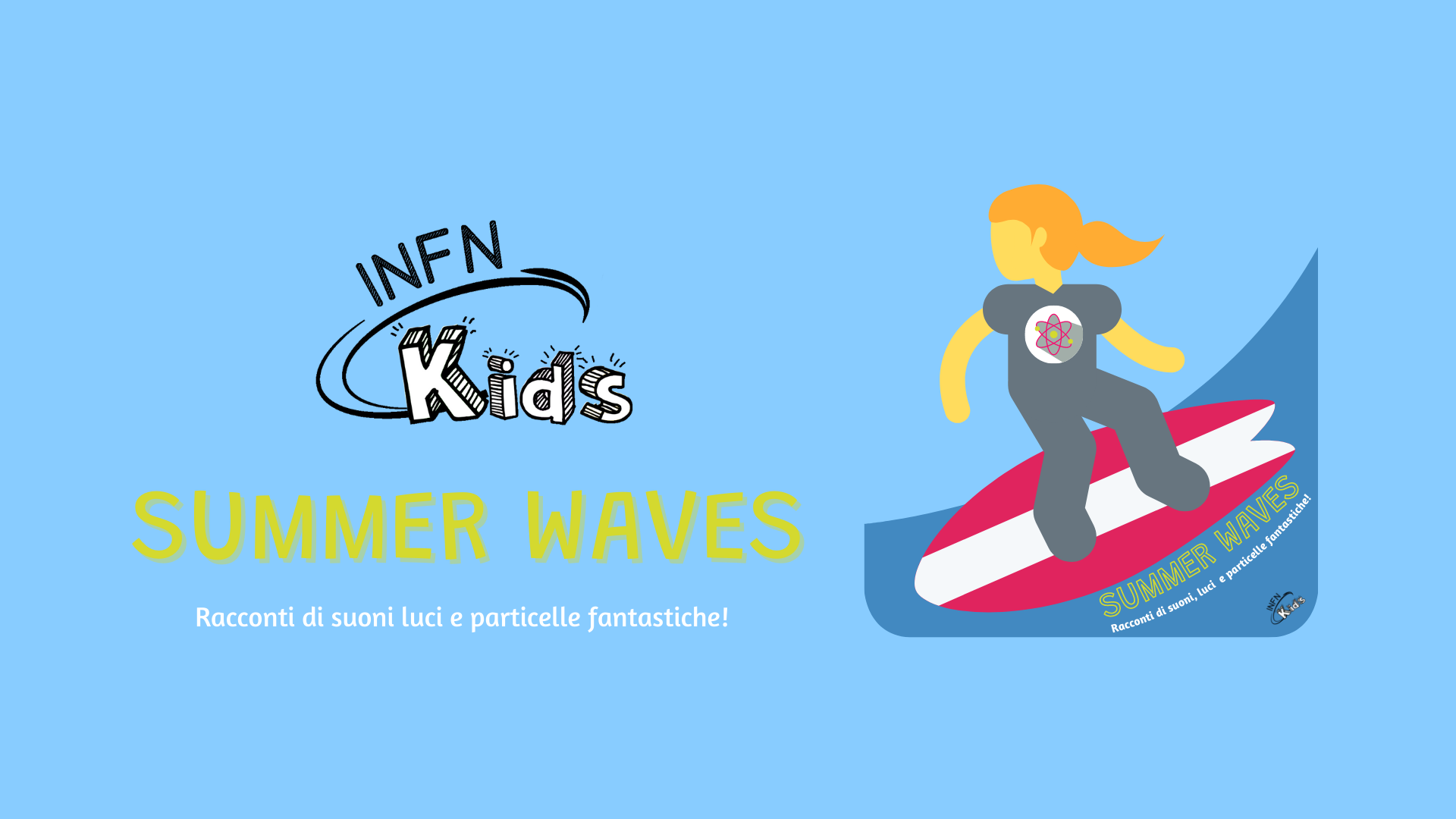 12-15 JULY, INFN KIDS SUMMER CAMP “SUMMER WAVES - STORIES ABOUT SOUNDS, LIGHT, AND FANTASTIC PARTICLES”
12-15 JULY, INFN KIDS SUMMER CAMP “SUMMER WAVES - STORIES ABOUT SOUNDS, LIGHT, AND FANTASTIC PARTICLES”
The Summer Camp returns on the website, Facebook page, and YouTube channel of the INFN Kids project. The Camp is dedicated to the littlest ones, to bring them, with stories and experiments, to the amazing world of sound, electromagnetic, and gravitational waves.
For more information. (in Italian)
and other events...
INFORMATION AND CONTACT
Images cover
Homepage of the INFN Collisioni.infn website, credit INFN
Download the newsletter in pdf format
ENGLISH VERSION | ITALIAN VERSION
INFN - COMMUNICATIONS OFFICE
comunicazione@presid.infn.it
+39 06 6868162
EDITORIAL BOARD
Coordination:
Francesca Scianitti
Project and contents:
Cecilia Collà Ruvolo, Eleonora Cossi, Matteo Massicci, Anna Greco, Francesca Mazzotta, Francesca Scianitti, Antonella Varaschin
Graphic design:
Francesca Cuicchio
Translation
ALLtrad
ICT service:
Servizio Infrastrutture e Servizi Informatici Nazionali INFN
